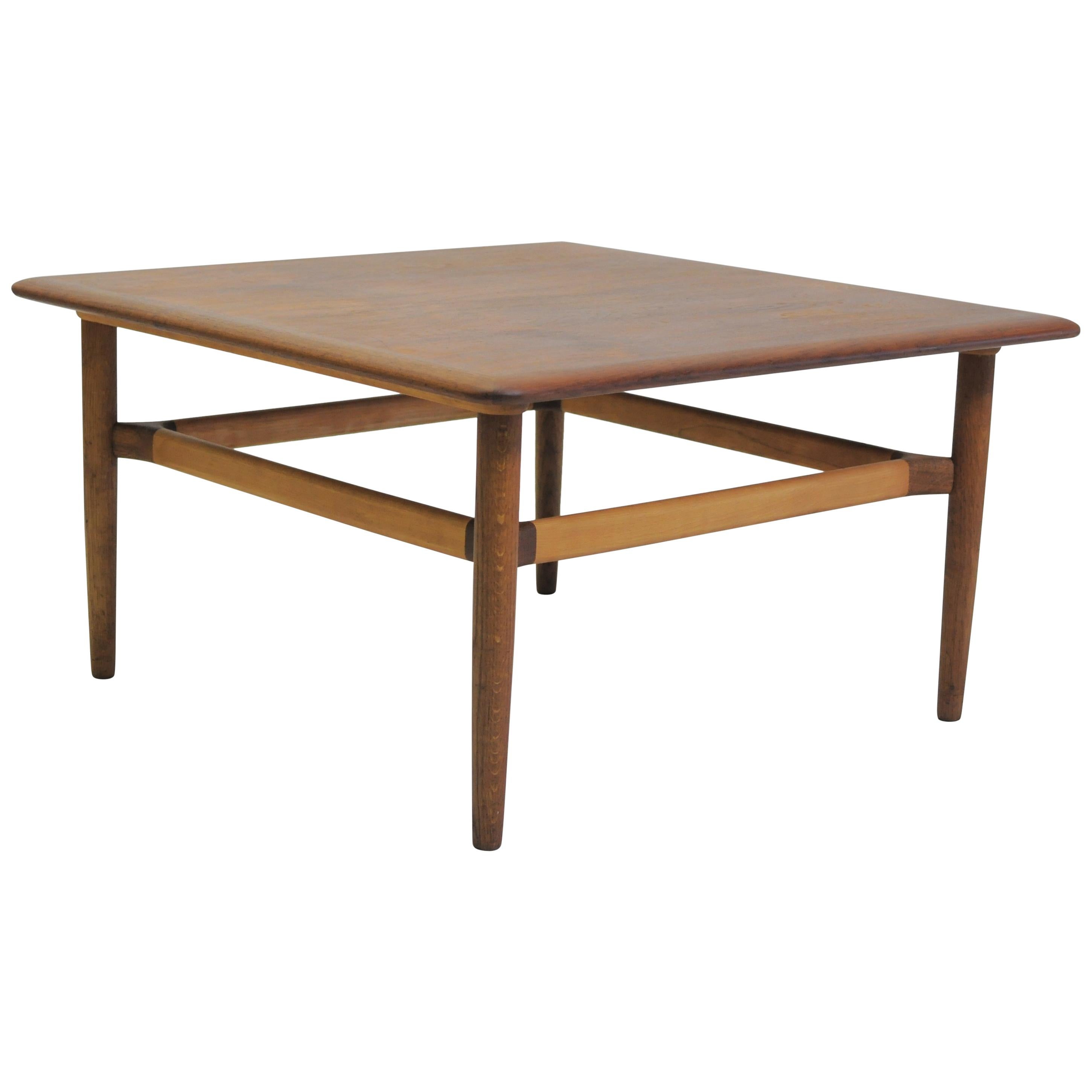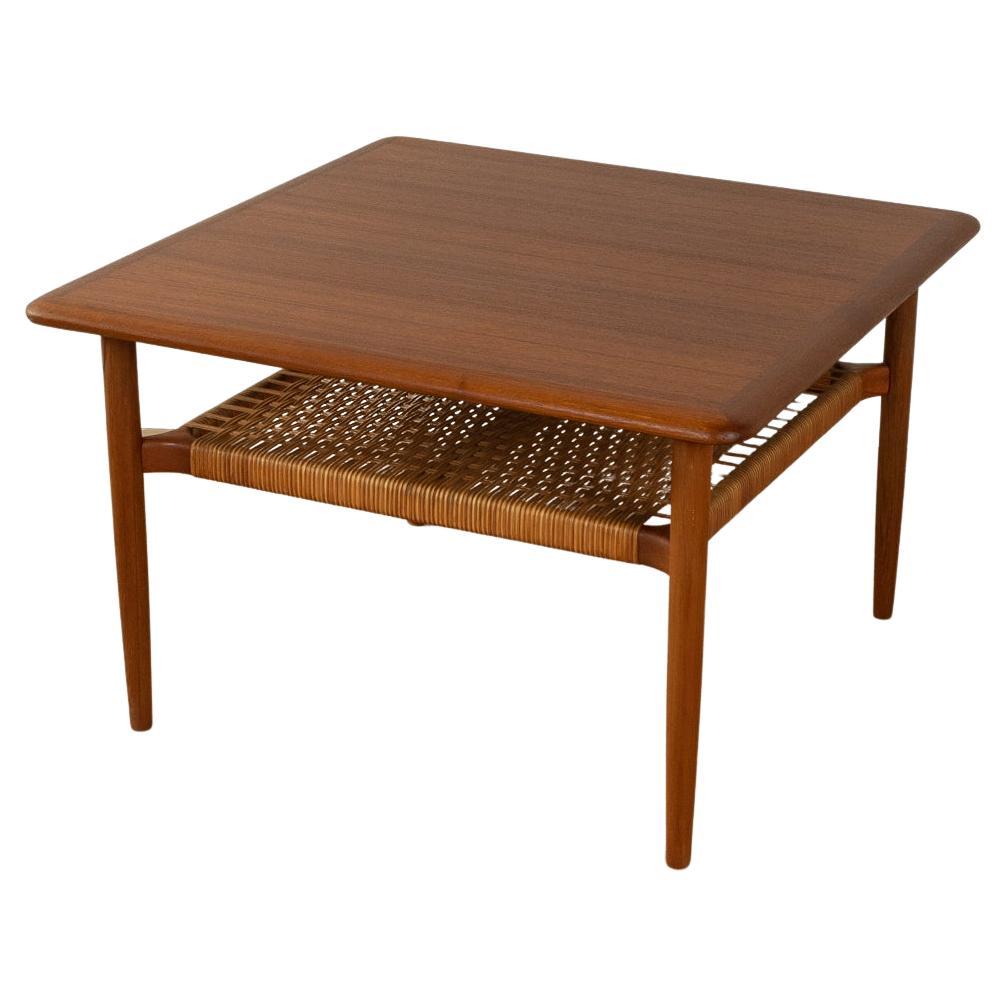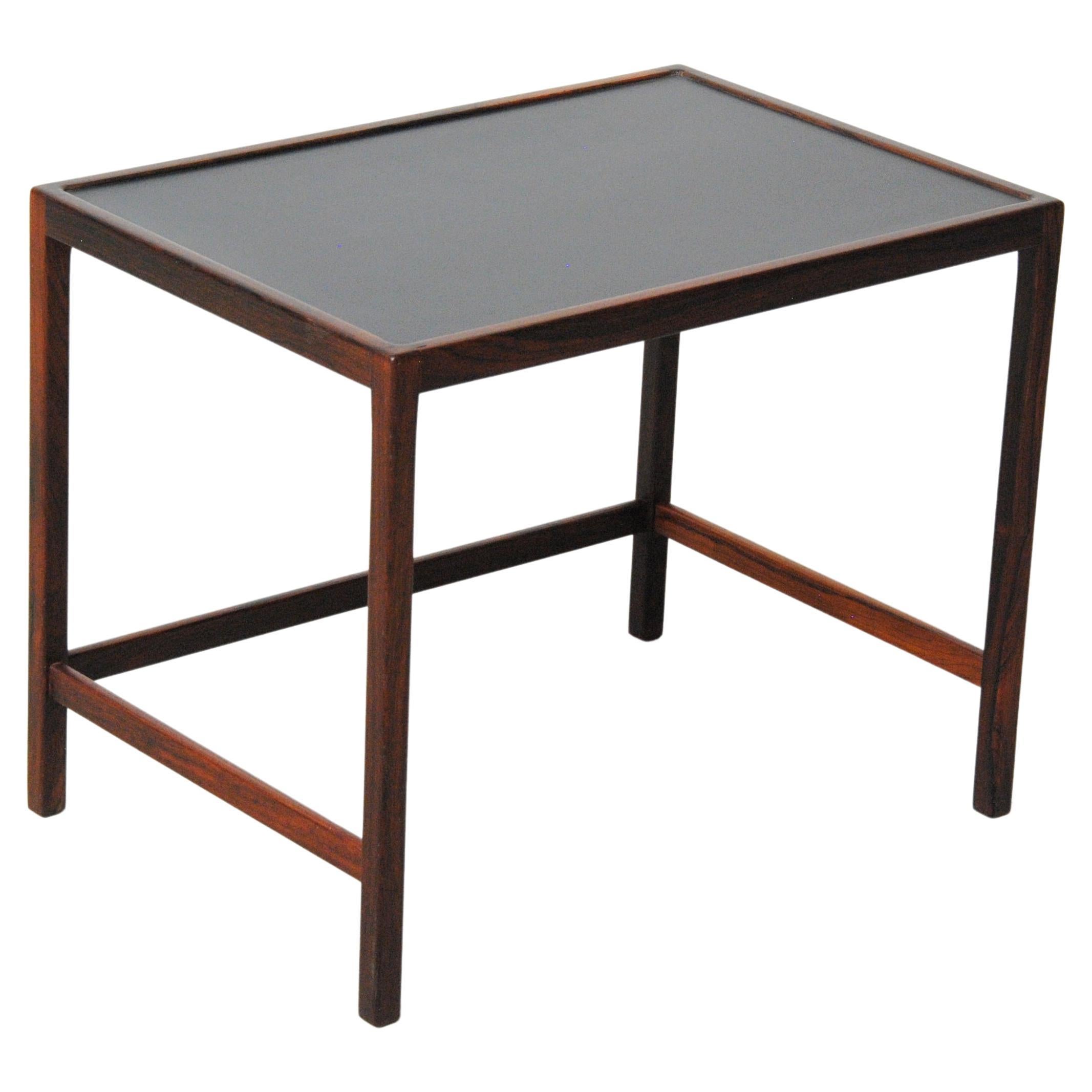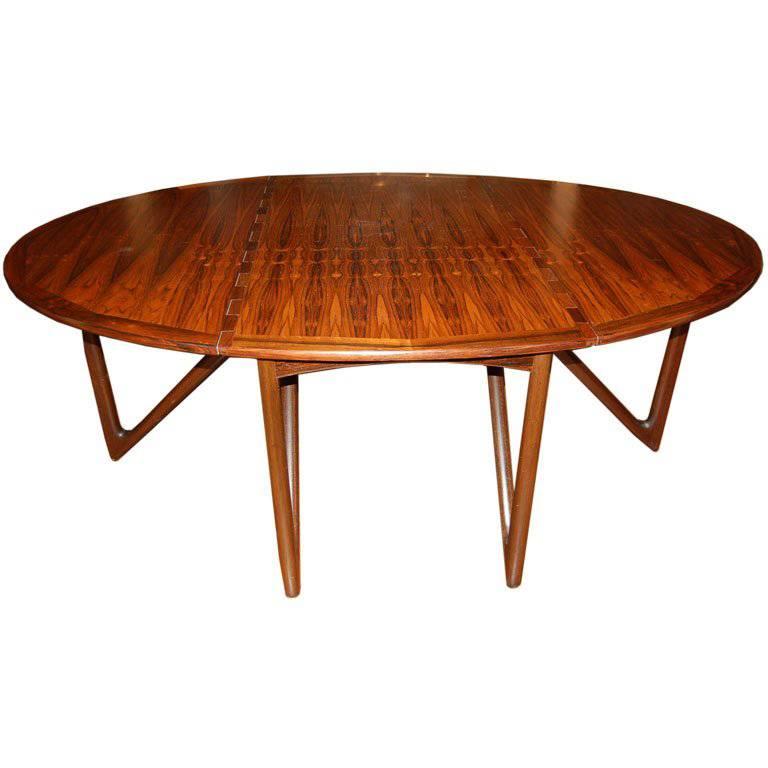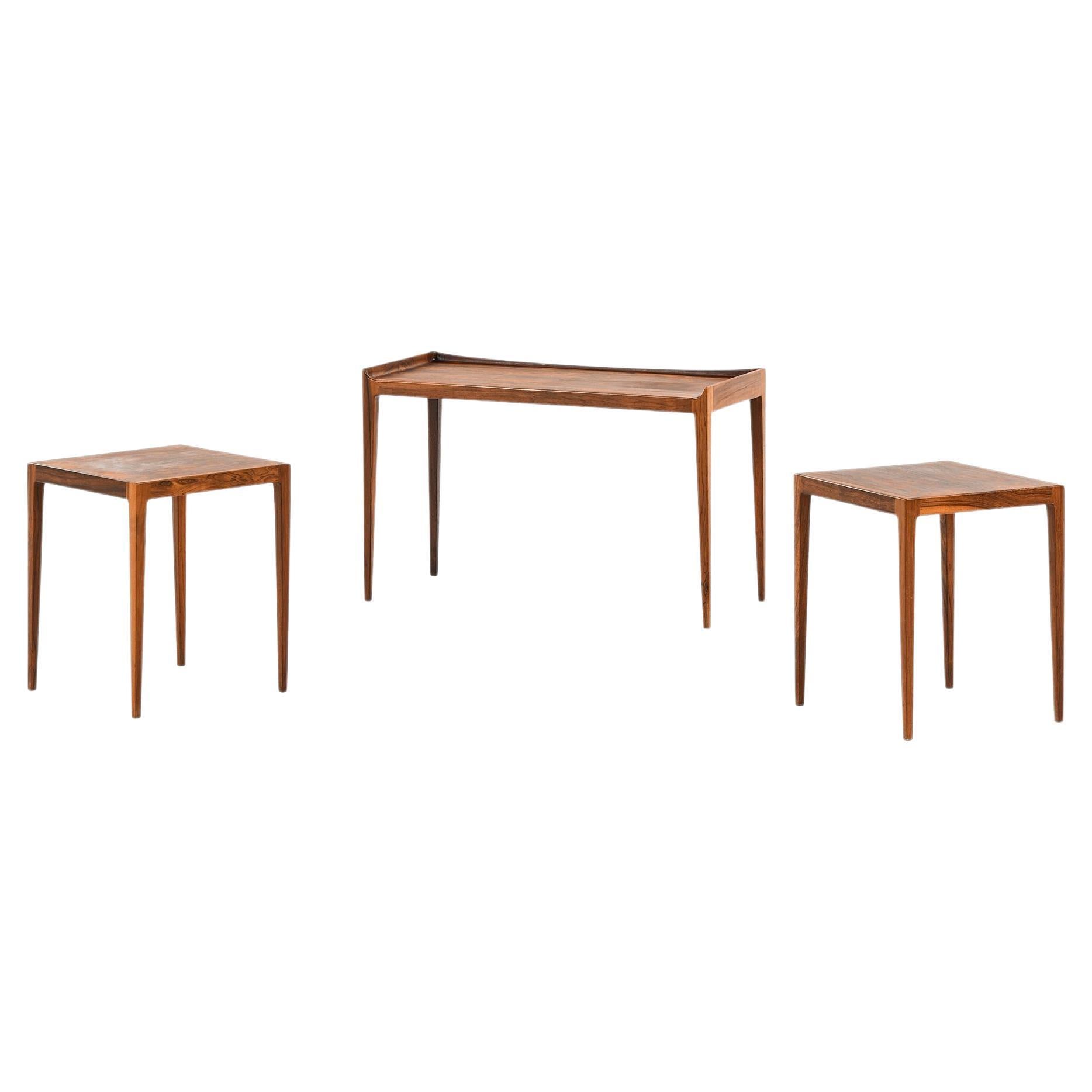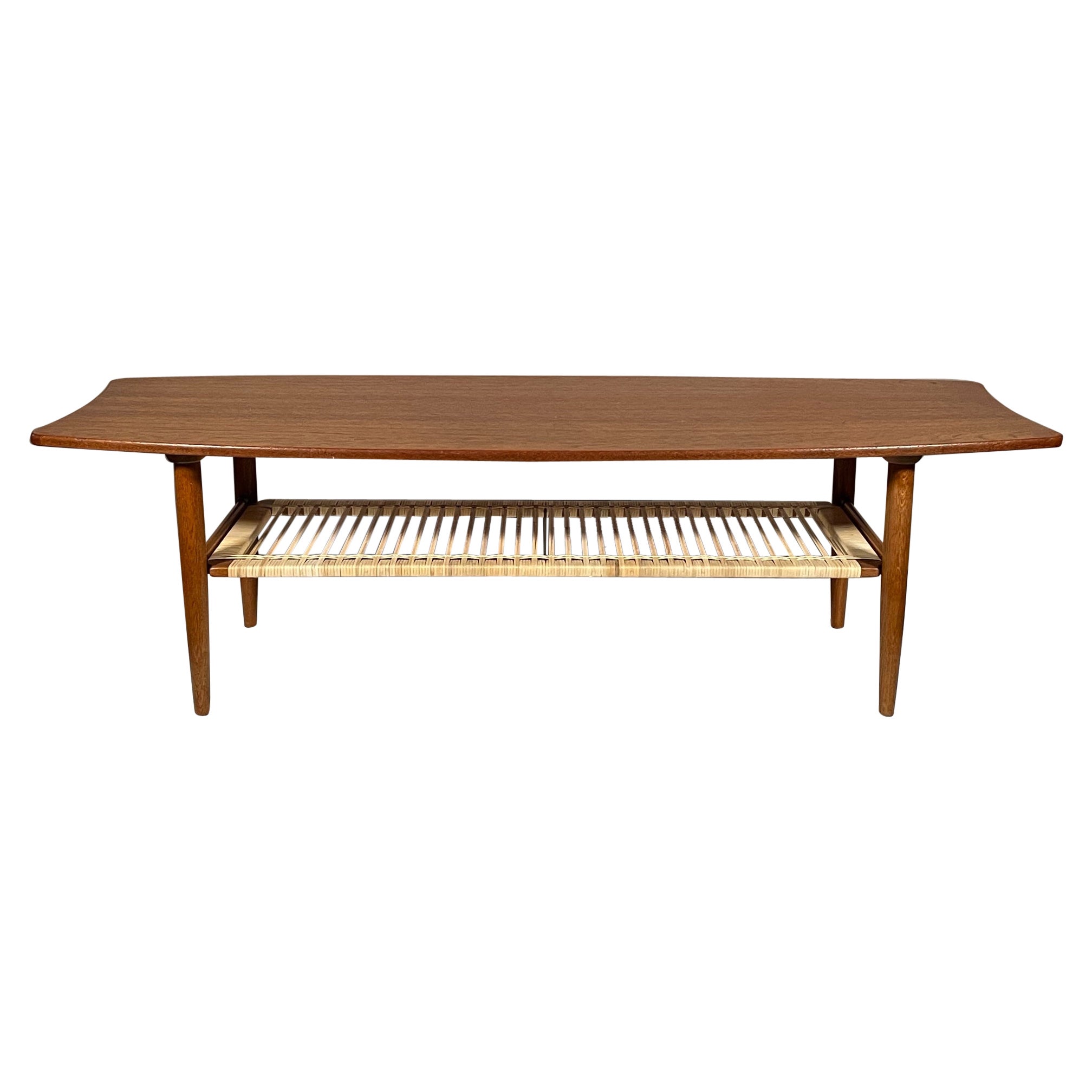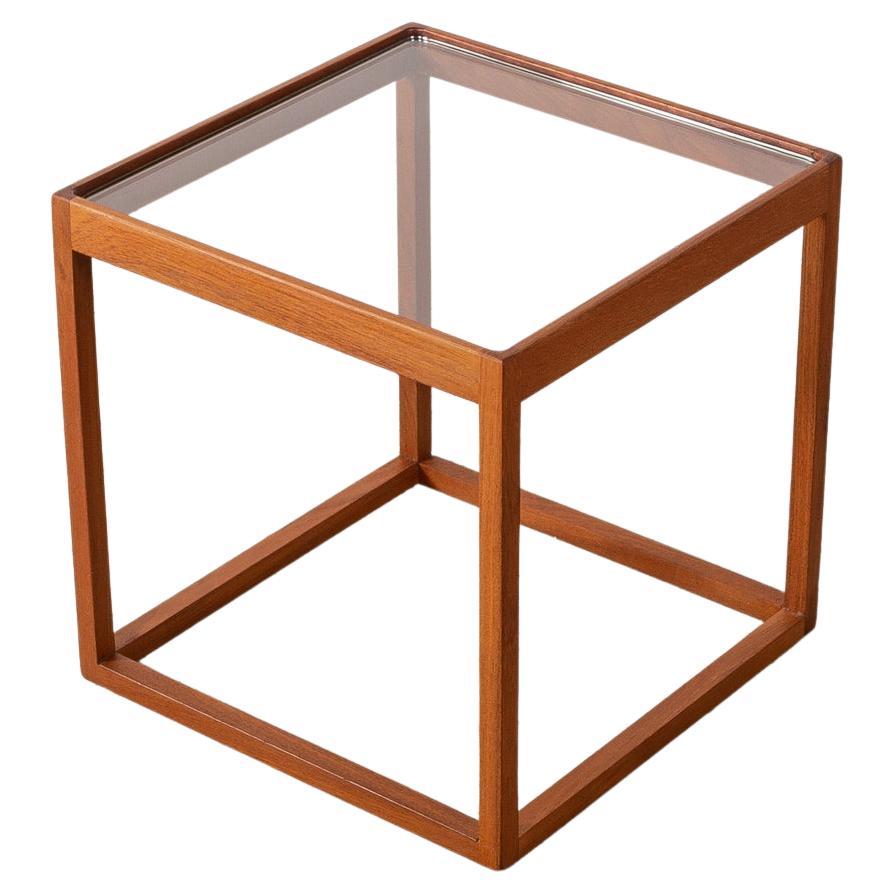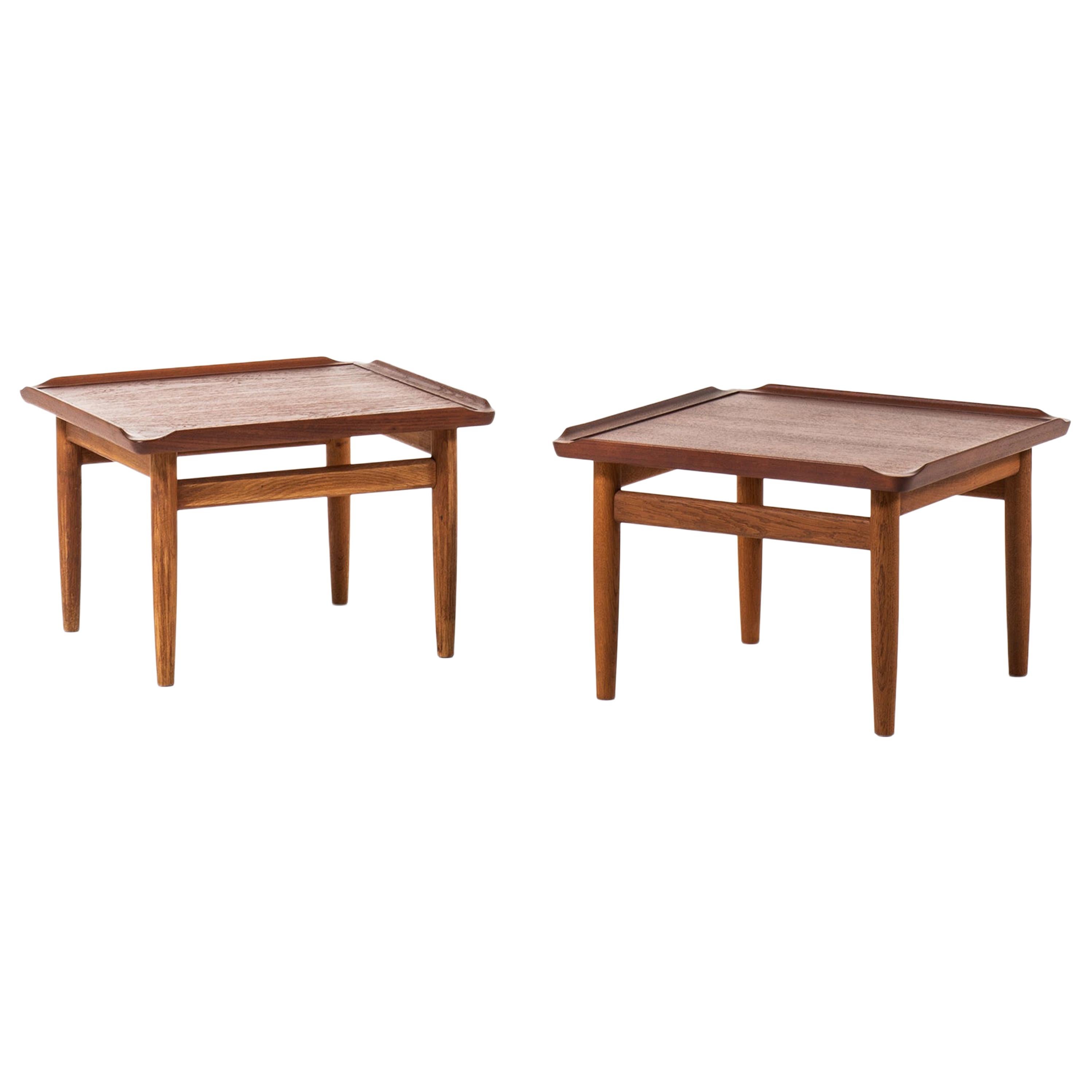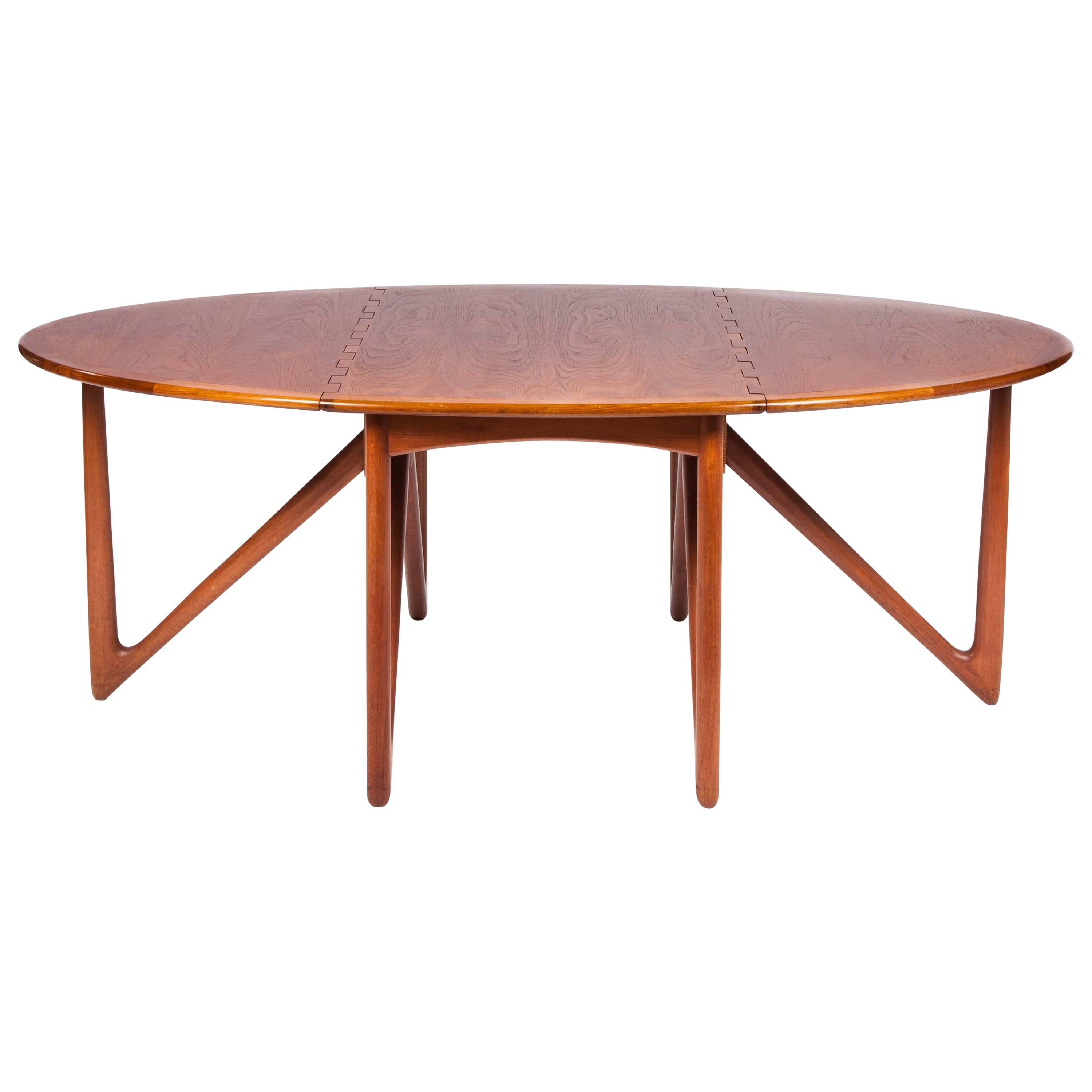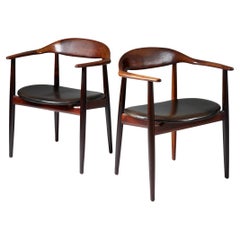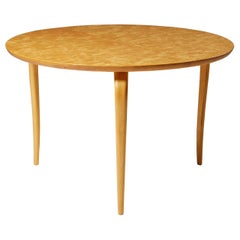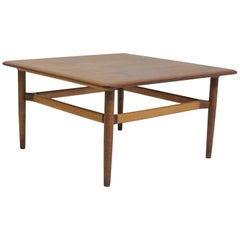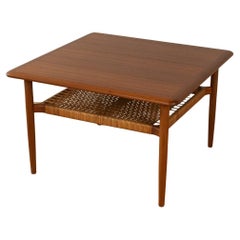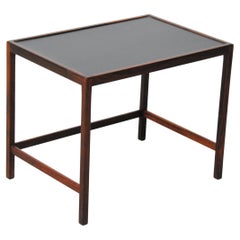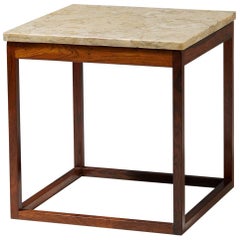
Occasional Table Designed by Kurt Östervig for K. P. Möbler, Denmark, 1960s
View Similar Items
Want more images or videos?
Request additional images or videos from the seller
1 of 11
Occasional Table Designed by Kurt Östervig for K. P. Möbler, Denmark, 1960s
About the Item
- Creator:Kurt Østervig (Designer)
- Dimensions:Height: 16.54 in (42 cm)Width: 16.15 in (41 cm)Depth: 16.15 in (41 cm)
- Style:Scandinavian Modern (Of the Period)
- Materials and Techniques:Marble,Rosewood
- Place of Origin:Denmark
- Period:1960-1969
- Date of Manufacture:1960s
- Condition:
- Seller Location:Stockholm, SE
- Reference Number:1stDibs: LU100669909841
About the Seller
5.0
Recognized Seller
These prestigious sellers are industry leaders and represent the highest echelon for item quality and design.
Gold Seller
These expertly vetted sellers are highly rated and consistently exceed customer expectations.
Established in 1998
1stDibs seller since 2013
184 sales on 1stDibs
Typical response time: 1 hour
More From This SellerView All
- Bar cabinet designed by Kurt Östervig for KP Möbler, Denmark, 1950s teak mapleBy Kurt Østervig, KP MoblerLocated in Stockholm, SEBar cabinet designed by Kurt Östervig for KP Möbler, Denmark, 1950s Teak, maple, and glass.Category
Vintage 1950s Danish Mid-Century Modern Cabinets
MaterialsGlass, Maple, Teak
- Pair of Armchairs Designed by Kurt Östervig for Brande MöbelindustriBy Kurt ØstervigLocated in Stockholm, SEA pair of armchairs designed by Kurt Östervig for Brande Möbelindustri, Denmark, 1960s. Rosewood and leather. Dimensions: H: 7...Category
Mid-20th Century Danish Mid-Century Modern Armchairs
MaterialsLeather, Rosewood
- Occasional Table Annika Designed by Bruno Mathsson for Karl Mathsson, SwedenBy Bruno MathssonLocated in Stockholm, SEOccasional table Annika designed by Bruno Mathsson for Karl Mathsson, Sweden. 1973. Birch and Karelian birch. Dimensions: H: 42 cm / 1' 4" D: 65 cm / 2' 1''Category
Vintage 1970s Swedish Scandinavian Modern Tables
MaterialsBirch
- Occasional Table Designed by Josef Frank for Svenskt Tenn, Sweden, 1950sBy Josef FrankLocated in Stockholm, SEOccasional table designed by Josef Frank for Svenskt Tenn, Sweden. 1950s. Mahogany. H: 45 cm L: 80 cm D: 40 cm Josef Frank was a true European, he was also a pioneer of what would become classic 20th century Swedish design and the “Scandinavian Design Style”. Austrian- born Frank started his design career as an architect after having trained at the Technische Hochschule in Vienna between 1903 and 1910. After his training he went on to teach at Kunstgewerbeschule (The Viennese School of Arts and crafts) where he developed and espoused the new school of modernist thinking towards Architecture and Design that was coming to fruition in Vienna at the time. He also went on to lead the Vienna Werkbund throughout the 1920s. This was a truly progressive group of Architects and Designers who set about improving the daily lives of Austrian people through modernist design and architecture in partnership with Arts and Crafts ideals and construction. Frank’s leadership of the Werkbund had already cemented his place at the forefront of European design. Frank’s time in Vienna was typified by his design for the “Die Wohnung” exhibition of the Deutscher Werkbund in Stuttgart, 1927 where he exhibited along side his contemporaries at the forefront of design, such as the likes of Le Corbusier and Walter Gropius. Here he showed a specially designed pair of flat-roofed reinforced concrete houses in what is now seen as a typical modernist style. What separated Frank’s house from the other 32 houses of the exhibition was the interior and furniture inside the building. It was described as “Neo-Classical” and filled with an eclectic mix of period pieces, modern design and pieces designed by Frank himself that seemed to cross the two worlds. This was a complete opposite direction to that which his fellow Architects were travelling in with their pared back and angular aesthetics. Frank said of his own work: “The house is not a work of art, simply a place where one lives,” and by this reasoning Frank rejected the regimental mechanisation of the living space that his contemporaries believed in, instead he set about creating congenial and spontaneous interiors. Frank’s practice saw him placing the bright colours and the soft forms of nature back into the furnishings and interiors that he thought modernism sorely mist. Frank, along with Oskar Walch set up Haus und Garten in Vienna in 1925. This was Frank’s first commercial foray into furniture and home furnishings and the company went on to become the most influential furnishing house in Vienna with a riotous depth of colour and interesting shapes becoming the trademark of their design. However this success was to come to an end with rise of Nazism in Vienna in the early 1930’s. Frank was Jewish, and he and his wife Anna decided they would leave Vienna for her motherland: Sweden, in 1933. Frank continued to design for Haus and Garten, visiting Vienna occasionally and designing the pieces that would continue to be the company’s best...Category
Vintage 1950s Swedish Scandinavian Modern Tables
MaterialsMahogany
- Dressing Table Designed by Erik Höglund for Kopparfly, Sweden, 1960sBy Erik HöglundLocated in Stockholm, SEDressing table designed by Erik Höglund for Kopparfly, Sweden. 1960s. Oak and mirrored glass. Measurements: H: 130 cm / 4' 3'' W: 55 cm / 21 2/3'' D: 42 cm / 16 1/2''.Category
Mid-20th Century Swedish Mid-Century Modern Table Mirrors
MaterialsMirror, Oak
- Occasional Table ‘Tulip’ Designed by Eero Saarinen for Knoll International, USABy Eero SaarinenLocated in Stockholm, SEOccasional table ‘Tulip’ designed by Eero Saarinen for Knoll International, USA, 1955 - 1956. Carrara marble and resin. Dimensions: D: 90 cm/ 2' 11 2/5" H: 38 cm/ 1' 3".Category
Vintage 1950s Finnish Scandinavian Modern Tables
MaterialsCarrara Marble
You May Also Like
- 1960s Danish Kurt Ostervig Coffee Table by Jason MoblerBy Kurt Østervig, Jason MøblerLocated in Knebel, DKDanish Kurt Østervig 1960s coffee table by Jason Møbler. Very well crafted coffee table with tabletop in teak, legs in oak and beams in beech that mingle into each other as evidence...Category
Vintage 1960s Danish Scandinavian Modern Tables
MaterialsOak, Teak, Beech
- Kurt Østervig for Jason Møbler "214" coffee table, 1960sBy Jason Møbler, Kurt ØstervigLocated in Neuss, NWWonderful coffee table "Model 214" by Kurt Østervig for Jason Møbler from the 1960s. High-quality solid wood frame made of teak with a shelf ma...Category
Vintage 1960s Danish Coffee and Cocktail Tables
MaterialsReed, Teak
- 1960s Danish Kurt Ostervig Fully Restored Rosewood Side Table by Jason MoblerBy Kurt Østervig, Jason MøblerLocated in Knebel, DKDanish Kurt Østervig 1960s side table by Jason Møbler. Very well crafted small sidetable table with tabletop in black formica and frame in rosewood....Category
Vintage 1960s Danish Scandinavian Modern Side Tables
MaterialsFormica, Rosewood
- Dining Table by Kurt Östervig for Jason Möbler, Denmark, 1950sBy Kurt ØstervigLocated in New York, NYExquisite oval drop-leaf dining table designed by Kurt Östervig for Jason Möbler, Denmark, 1950s. Dramatic V-shaped mahogany gatelegs an...Category
20th Century Danish Scandinavian Modern Dining Room Tables
MaterialsMahogany, Rosewood
Price Upon Request - Nesting Tables in Rosewood by Kurt Østervig, 1960'sBy Kurt ØstervigLocated in Limhamn, Skåne länNesting Tables in Rosewood by Kurt Østervig, 1960's Additional Information: Material: Rosewood Style: Mid century, Scandinavian Produced by Jason møbler in Denmark Dimensions (W x D...Category
20th Century Danish Nesting Tables and Stacking Tables
MaterialsRosewood
- Danish Surfboard Coffee Table by Kurt Ostervig, ca' 1950'sBy Kurt ØstervigLocated in St.Petersburg, FLAn unusual surfboard coffee table by Kurt Ostervig, made by Jason Mobler, model #194, ca' 1954. Made of teak with removable caned lower shelf.Category
Vintage 1950s Danish Mid-Century Modern Coffee and Cocktail Tables
MaterialsTeak
